Microsoft reveals Windows Server 2008 R2
In preparation for the launch of Windows 7 on the client, Microsoft readies a major update to its most recent server operating system with new features and bug fixes.
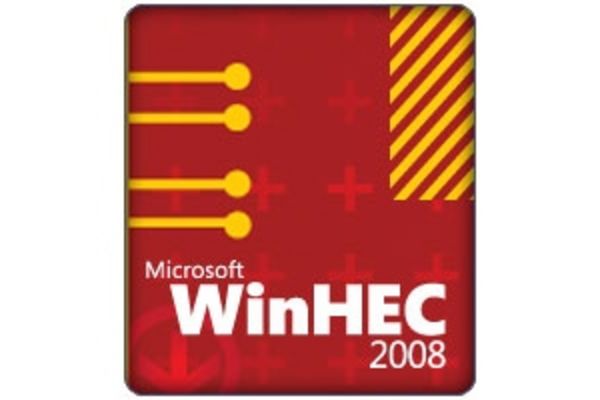
If PDC 2008 was Windows 7's coming out party, Windows Server 2008 R2 took centre stage at WinHEC 2008 in Los Angeles as Microsoft revealed final details for the release of its next server OS edition.
Microsoft made much of its 64-bit server operating system's key features, especially its DirectAccess alternative to VPN connections to business networks. DirectAccess is Microsoft's push to deliver a compelling IPv6 application, as well as use that technology alongside IP SEC security to provide a direct route through firewalls into the data centre, replacing DMZs with trusted links between domain PCs and servers that you can manage through group policy.
Other Windows Server 2008 R2 features include a branch office cache and support for more than 64 logical processors. Both Windows 7 and Server 2008 R2 share a kernel and a number of features. For example, both offer optimisation for SSD drives.
In demonstrations at WinHEC, Microsoft demonstrations showed an HP Itanium server running Server 2008 R2 with the equivalent of 256 cores, using the next version of SQL Server, currently code-named Kilimanjaro.
Virtualisation remains an important server feature, and Microsoft showed the live migration feature built into the next release of Windows' Hyper-V hypervisor, which can allows you to hot-add or remove storage for VMs without rebooting. Hyper-V R2 will also increase the number of simultaneous virtual machines to 32, and will run with a much lower processor overhead one per cent instead of the current five per cent. It also saves another 10 per cent on power use, on top of the 10 per cent improvement Microsoft is claiming for Server 2008 SP2.
Like Windows 7, Server 2008 R2 will be able to boot from Microsoft's Virtual Hard Disk (VHD) files as well as standard disk partitions. VHD files will also be able to be used as deployment images, signalling the potential end of the WIM image format.
IT professionals will be able to standardise on one image format for their physical and virtual servers, as well as using existing virtual machine VHDs on physical servers. "If you have a VHD that gets beyond the capacity of the machine, for example you want to go beyond four processors or address more than a terabyte of RAM, you can take the VHD and put it in a physical environment and allow it to grow," explained Ward Ralston, group product manager for Windows Server.
Get the ITPro daily newsletter
Sign up today and you will receive a free copy of our Future Focus 2025 report - the leading guidance on AI, cybersecurity and other IT challenges as per 700+ senior executives
R2 brings some parts of .NET to the server core role. "With Windows Server 2008 the .NET framework was monolithic; we had hooks into the user interface and that went away from the whole idea of server core, "said Ralston. "With R2 we have been able to bring in only the pieces we need like the Common Language Runtime (CLR) and Windows Communication Foundation (WCF)." That componentisation of .NET will grow in future versions.
Windows Server 2008 R2, like Windows 7, appears to be shaping up into a key server release for Microsoft, with features that target many different use scenarios. However, Microsoft is expected to continue selling the same number of versions as Windows Server 2008.
-
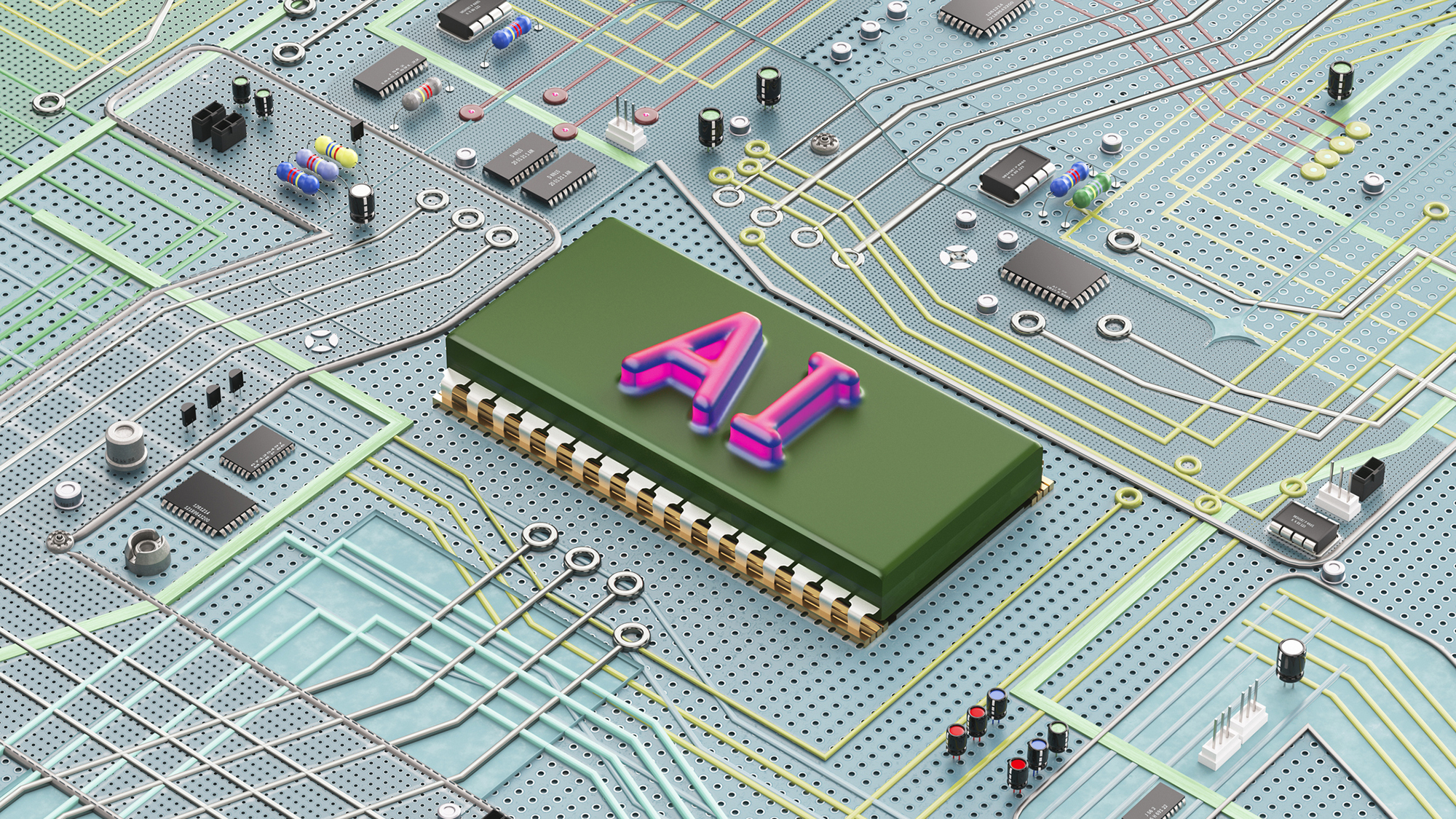 Should AI PCs be part of your next hardware refresh?
Should AI PCs be part of your next hardware refresh?AI PCs are fast becoming a business staple and a surefire way to future-proof your business
By Bobby Hellard
-
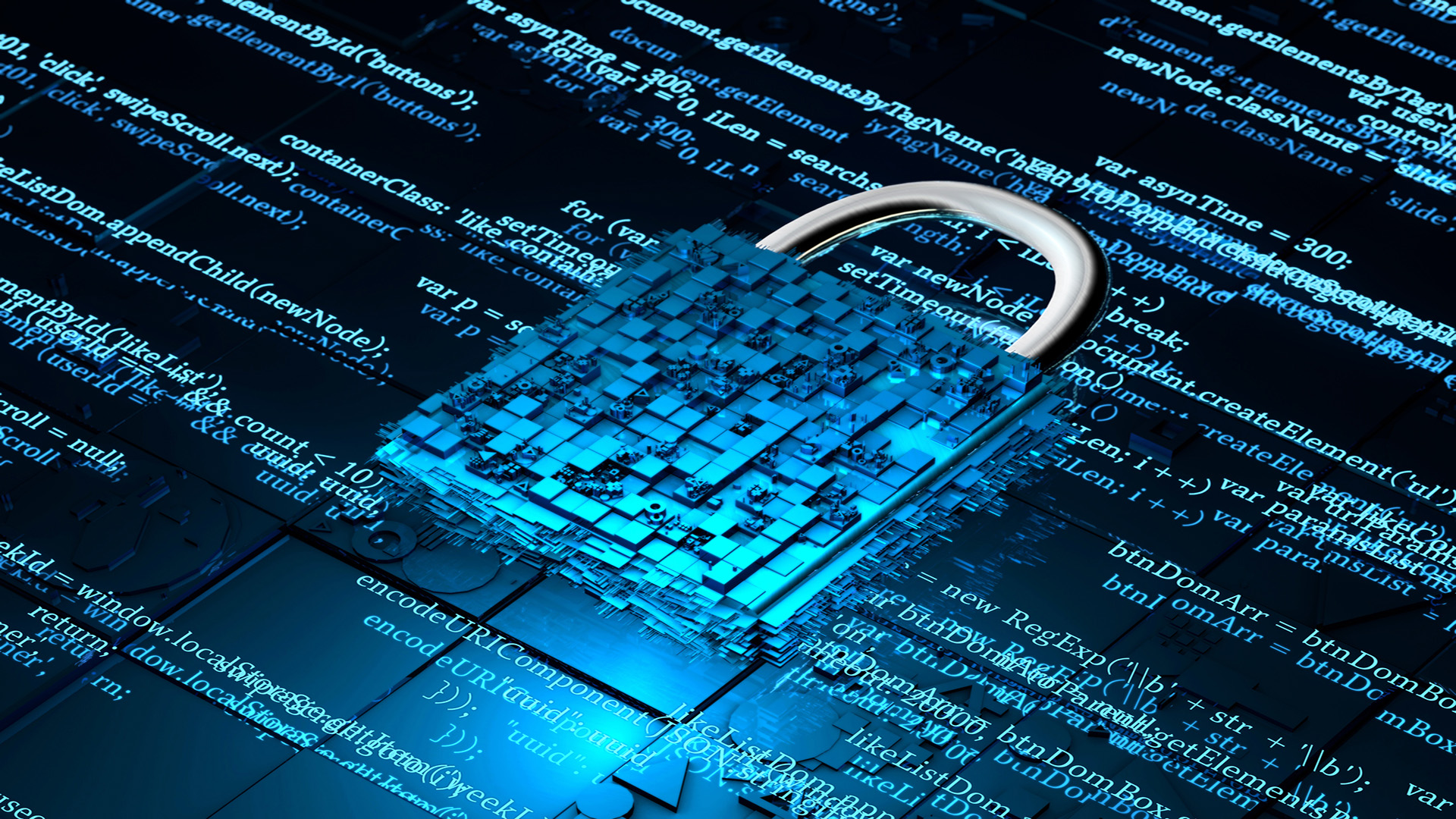 Westcon-Comstor and Vectra AI launch brace of new channel initiatives
Westcon-Comstor and Vectra AI launch brace of new channel initiativesNews Westcon-Comstor and Vectra AI have announced the launch of two new channel growth initiatives focused on the managed security service provider (MSSP) space and AWS Marketplace.
By Daniel Todd
-
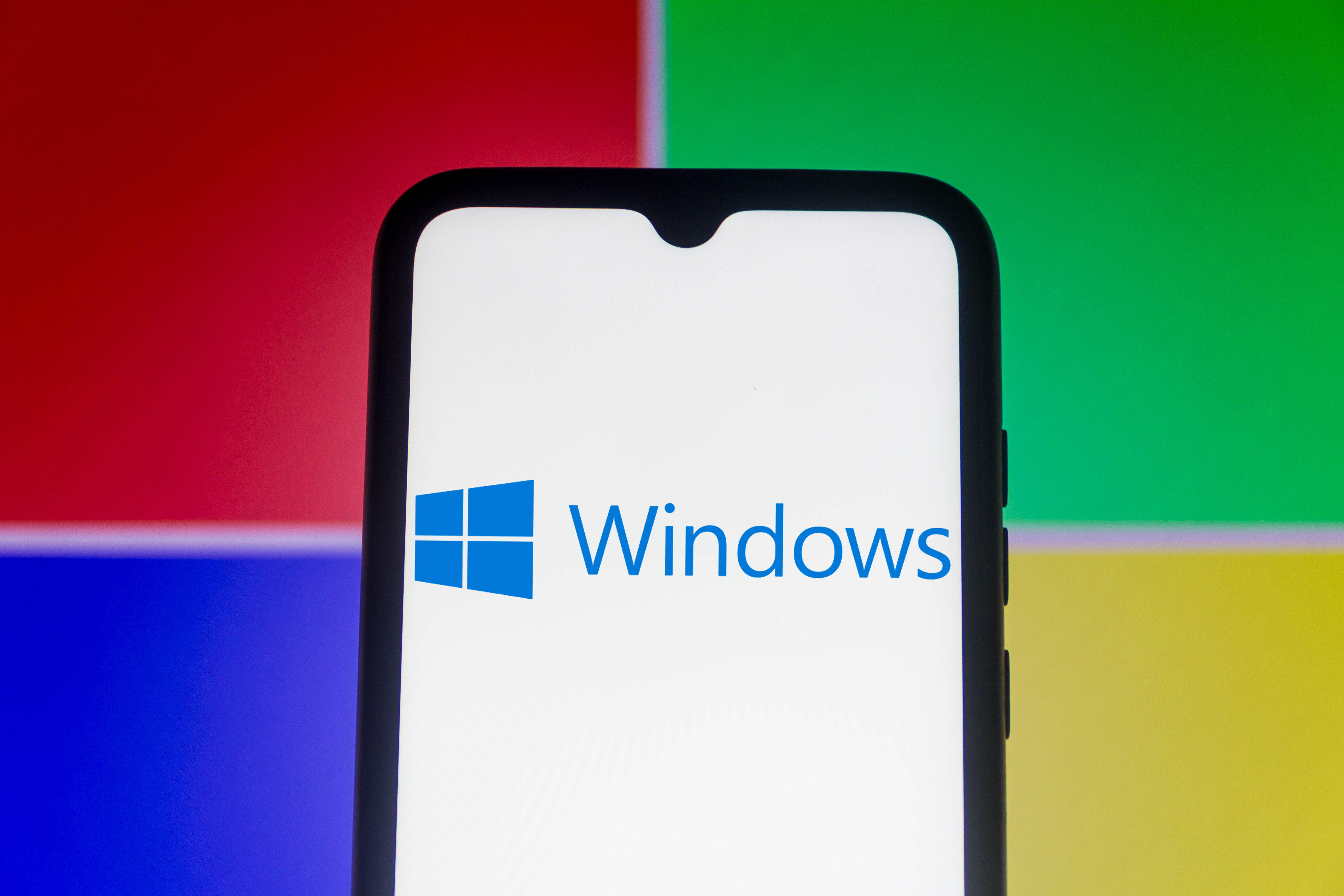 Microsoft angers admins as April Patch Tuesday delivers password feature without migration guidance
Microsoft angers admins as April Patch Tuesday delivers password feature without migration guidanceNews Security fixes include a zero day exploited by a ransomware group and seven critical flaws
By Connor Jones
-
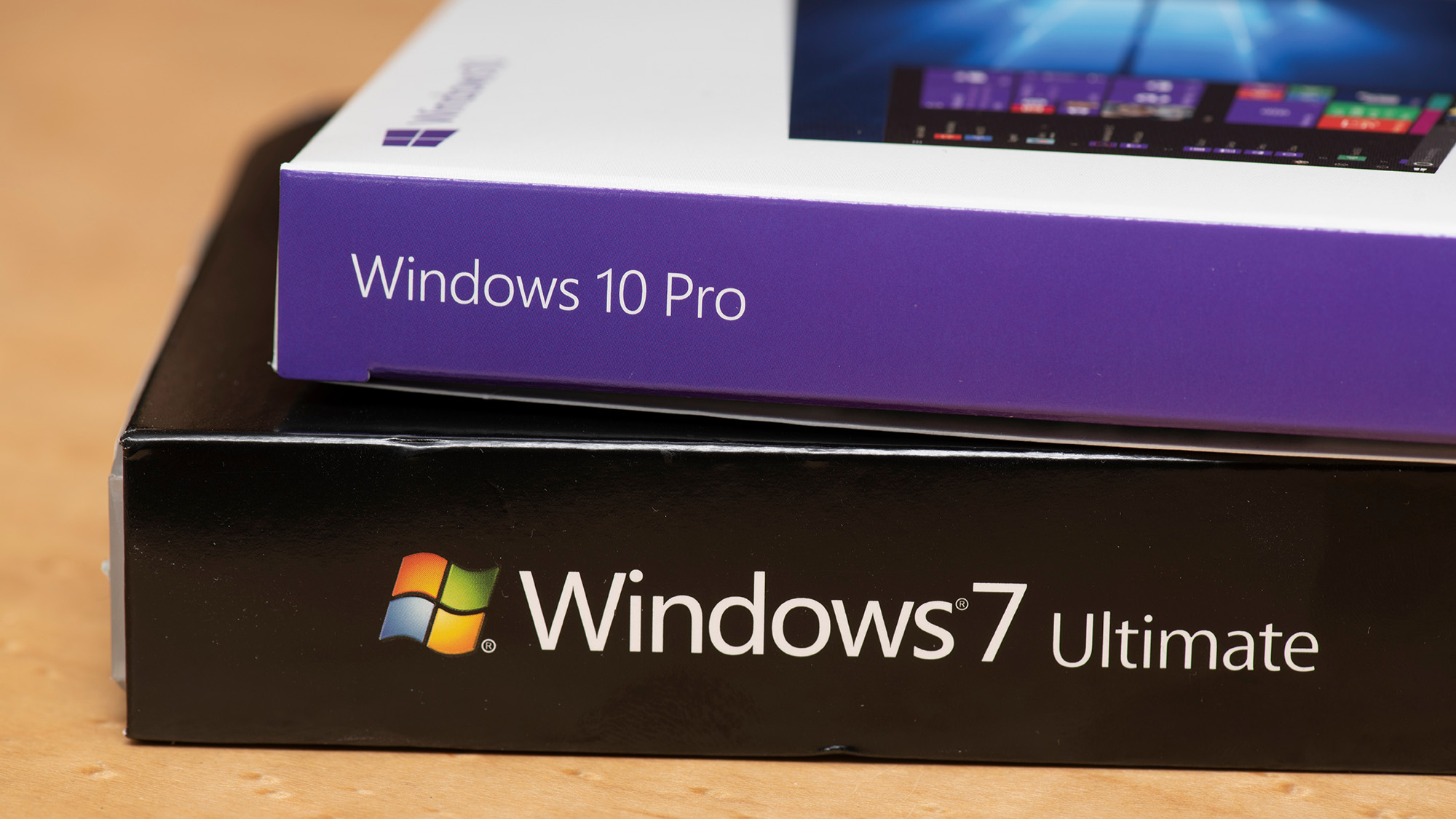 Managing a late migration
Managing a late migrationOpinion When it comes to moving from Windows 7 to Windows 10, it's better late than never
By Jon Honeyball
-
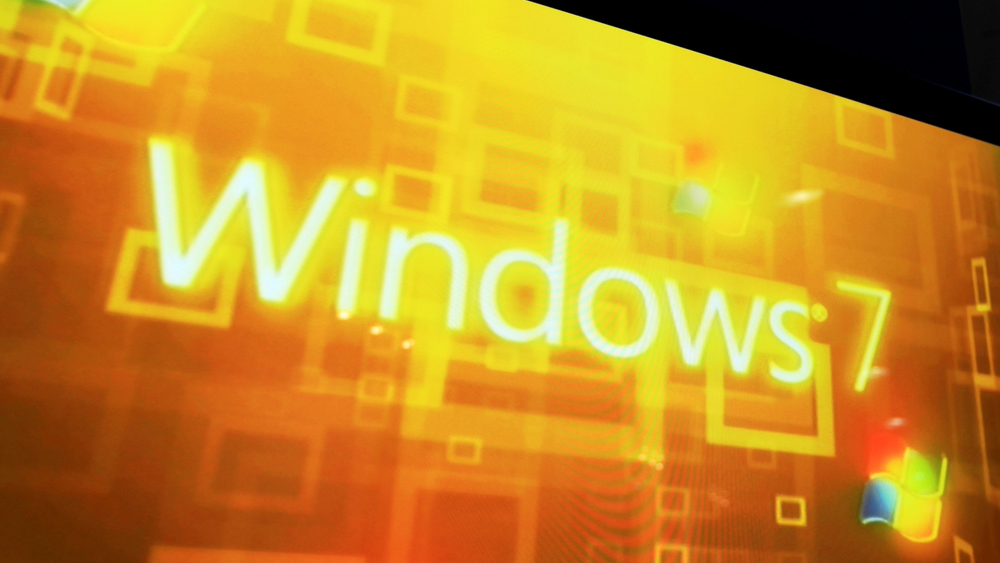 How to set up a Windows 7 emulator for Windows 10
How to set up a Windows 7 emulator for Windows 10Tutorials A complete guide for setting up a Windows 7 emulator for Windows 10 so you don’t lose access to your apps
By Nik Rawlinson
-
 The autopsy of Windows 7
The autopsy of Windows 7In-depth Report of a postmortem examination
By Chris Merriman
-
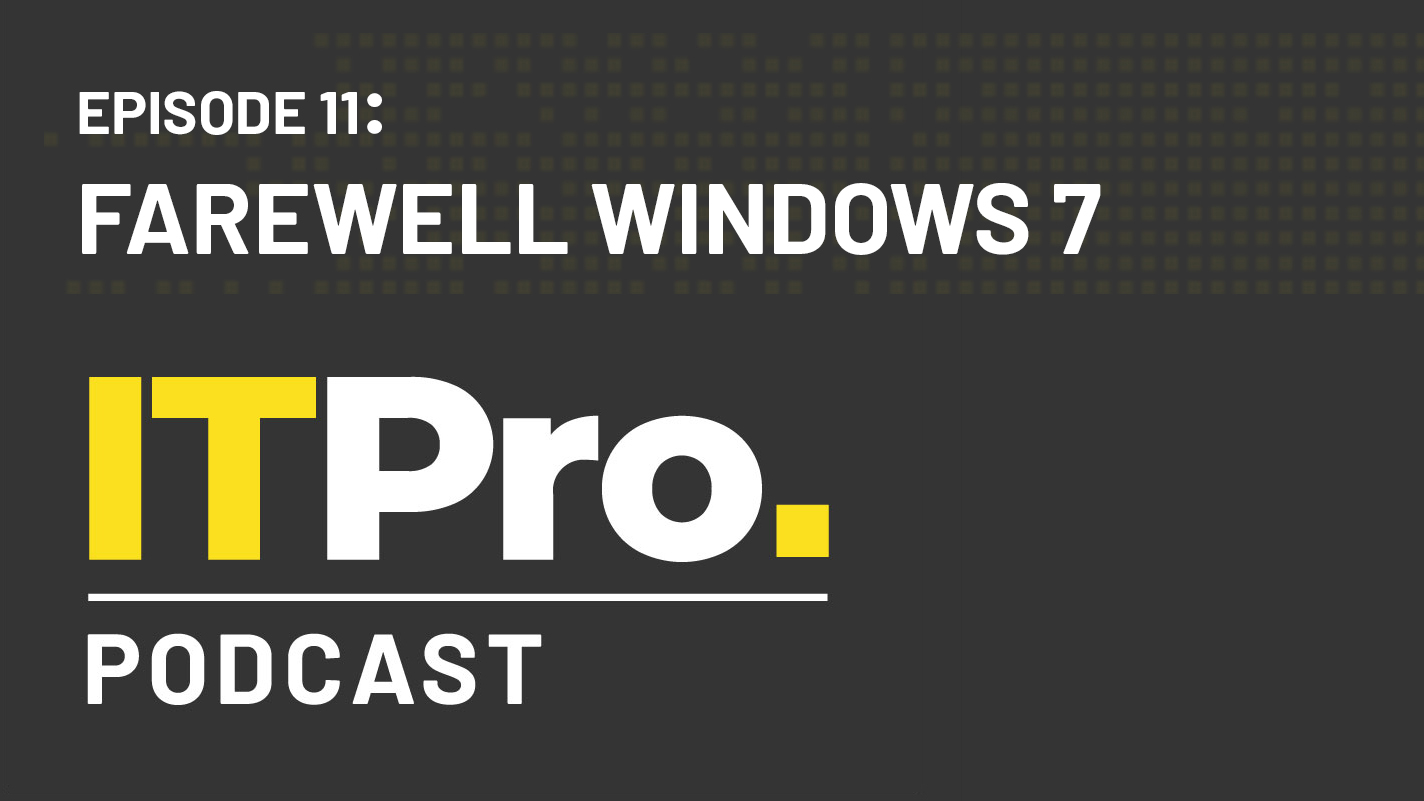 The IT Pro Podcast: Farewell Windows 7
The IT Pro Podcast: Farewell Windows 7IT Pro Podcast We reflect on the legacy of one of Microsoft's most enduringly popular operating systems
By IT Pro
-
 Windows 7 ends: what do you do next?
Windows 7 ends: what do you do next?In-depth From SMBs to big business and individuals, after 10 years it's time to move on from Windows 7
By Jon Honeyball
-
 Windows 7 end of life: What to do if you haven't upgraded yet
Windows 7 end of life: What to do if you haven't upgraded yetIn-depth Microsoft has now officially moved Windows 7 to end of life, meaning it's no longer a viable business platform
By Dale Walker
-
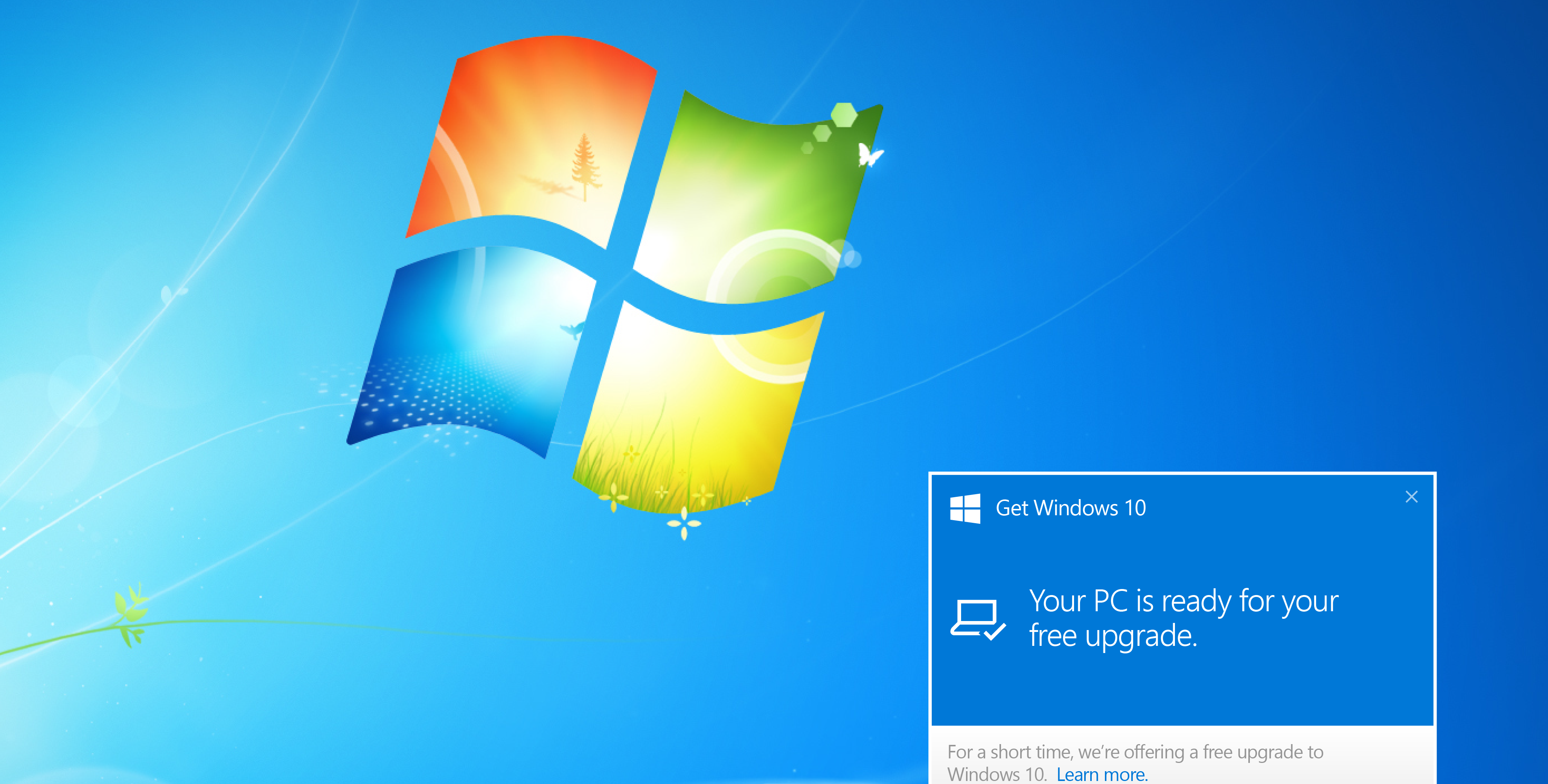 Windows 10 vs Windows 8.1 vs Windows 7 - Microsoft OS head-to-head
Windows 10 vs Windows 8.1 vs Windows 7 - Microsoft OS head-to-headVs We pit Microsoft's most popular operating systems against each other to see which is the greatest of all time
By Mike Passingham